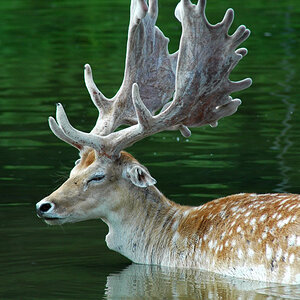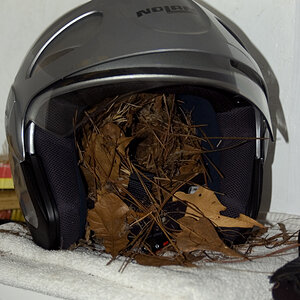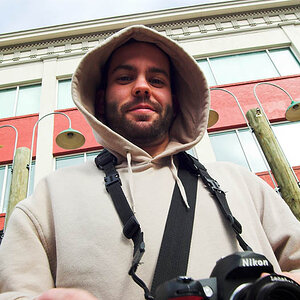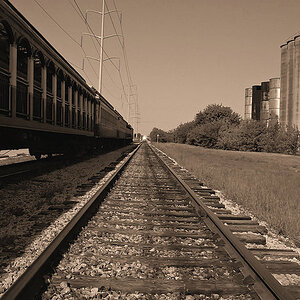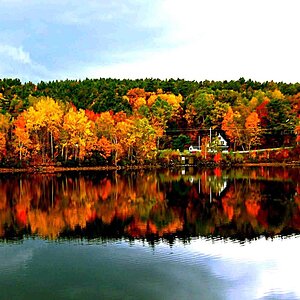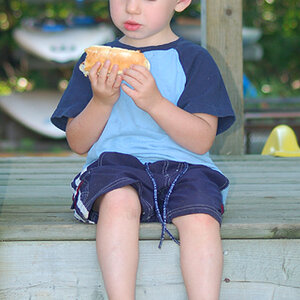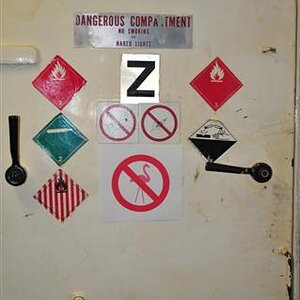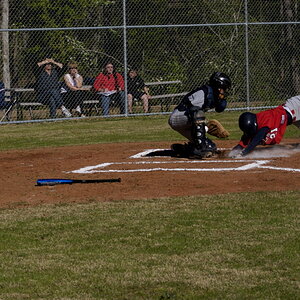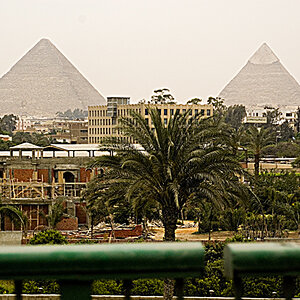EZzing
TPF Noob!
- Joined
- Sep 25, 2007
- Messages
- 61
- Reaction score
- 0
- Can others edit my Photos
- Photos OK to edit
I want to take some shots of a beautifully lighted building before the week is out. I picked up a tripod and I have a remote cable for holding the shutter open. I will be using a 35mm because I think I need a wide angle lens and I have one for it.
What type of color film should I use and which asa speed.
What aperture setting should I use and how long should I hold the shutter open?
If you're beginning to suspect that I don't know the 1st thing about night photography, you're getting warm !
Seriously any and all helpful suggestions are appreciated!:hail:
Bill
What type of color film should I use and which asa speed.
What aperture setting should I use and how long should I hold the shutter open?
If you're beginning to suspect that I don't know the 1st thing about night photography, you're getting warm !
Seriously any and all helpful suggestions are appreciated!:hail:
Bill


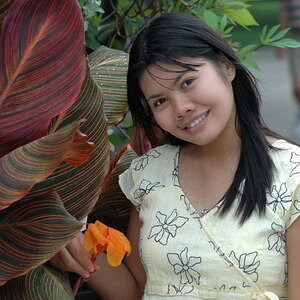
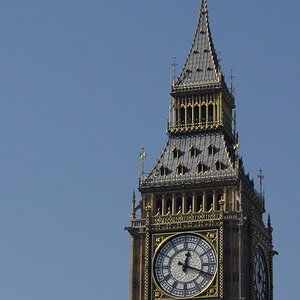
![[No title]](/data/xfmg/thumbnail/38/38722-8003d9d84f1c7164b5c8f2b884c2e428.jpg?1619738702)
